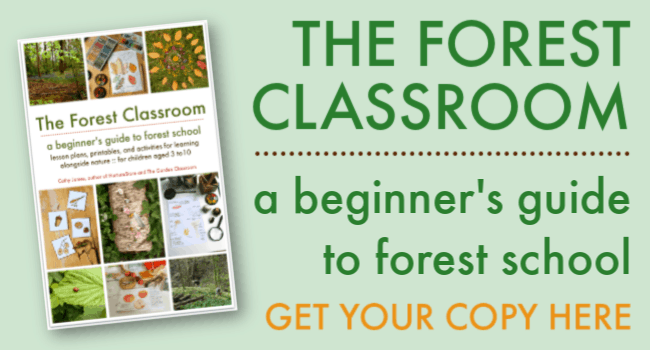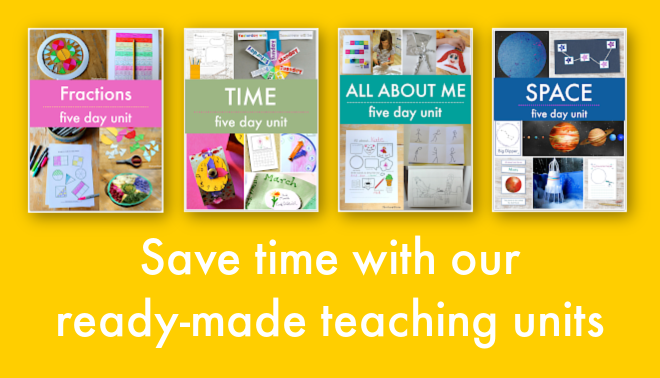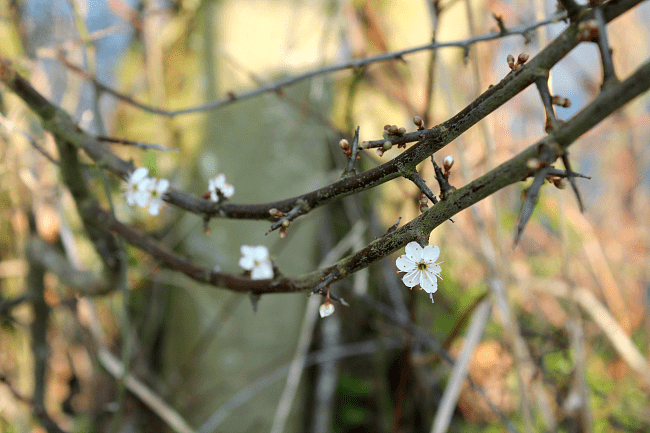Nature walks with children connect us to our planet, our neighbourhood, and to each other. Use these easy nature walk ideas for families to get out and about more. You’ll be more active, bring more variety to your walks, and give your children an important nature education.
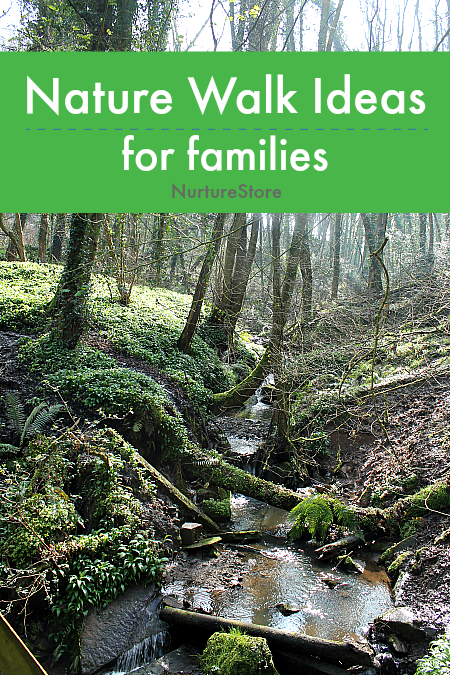
17 easy nature walk ideas for families
The benefits of nature walks
Nature walks are also at the heart of my family life. We dedicate Sunday as our ‘sabbath’ day, and centre it around going for a walk somewhere wild. We use it as part of our home education, as we come across geography, geology, biology, and meteorology, but it’s much more than that. It’s our time to pause our full week, to breathe in the planet, to spend time with our children, to exercise our bodies, to connect with our ‘church’.
If you were only going to choose one project from the Spring Lessons Plans to try out with your children, I’d pick going on regular nature walks. You’ll find they connect you with yourself, your family, and your planet more than anything else. Here are some ideas of how you can make the most of your walks.
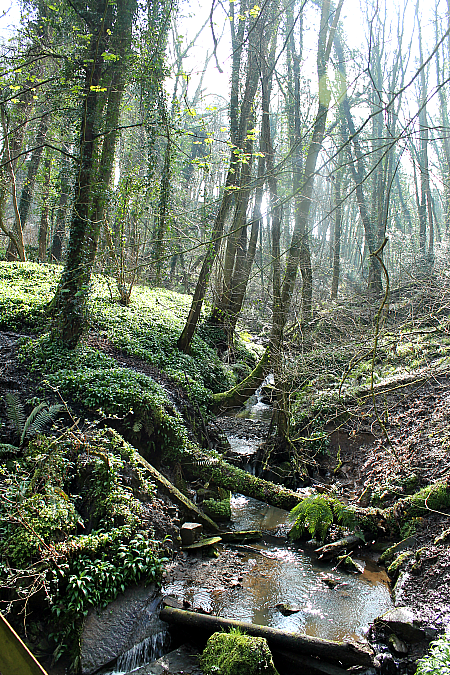
Adopt a landscape
To follow the rhythm of the year and see the cycle of the seasons happening right before your eyes, I recommend ‘adopting’ a landscape. This just means having a place in nature near to where you live, that you visit regularly. It doesn’t matter if it’s your own property, a woodland, the banks of a river, a beach, or a city park: just claim it as your stomping ground and visit it regularly with your eyes and heart open, and see how it changes over the year.
You’ll begin to recognise the plants and animals that live there, know when the apple tree will be in fruit, notice that the birds are building nests a little later one year, and really build your knowledge and appreciation of your special ecosystem.
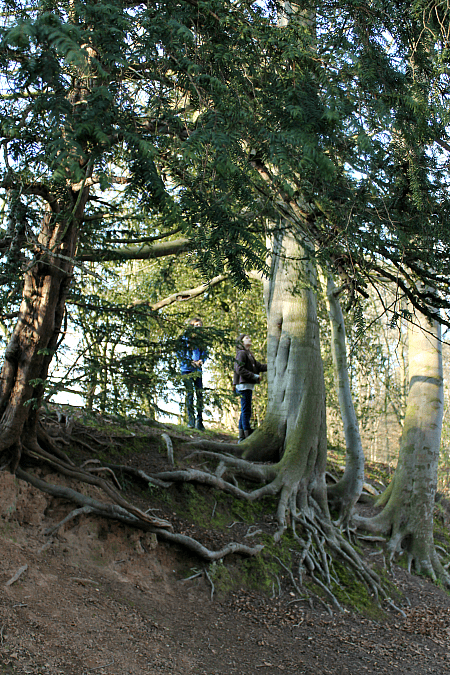
My family’s adopted home
My family’s special place follows the cycle of a river, from sea to mountain to river to estuary and back out to the sea. We have six or so places that are on our circuit and we visit one or two of them each week. It’s wonderful for the children to see the whole water cycle played out in front of them, and to be able to contrast the plants and animals in each zone.
We start at the beach, on the Welsh island of Anglesey, where we have a view of the Snowdonia mountain range. There’s a small island there too which is cut off at high tide, so the girls have learned about tides and the moon. Here we can have our feet in the waves and our eyes looking up to the snow-capped peaks where our river starts to gather. This location is furthest from our home so we’re not there as often, but we have built it into our family rituals. We head here on New Year’s Day with cocoa to warm us, on birthdays with cake to celebrate, and in the summer with our wider family for an annual barbecue.
From the mountain top, we meet the river again as we walk through woodland on its banks nearer to our home. This is where we know we’ll find wild garlic and later elderflowers and elderberries.
The river flows through our city, and here we’ll see cormorants sunning themselves on the city weir just as we saw them on a rock out to see on our beach.
As the river makes its way out to the estuary we visit an RSPB reserve which gives us a contrast between salt marches and fresh water pools.
And then at the mouth of the estuary there’s a beach where the river meets the sea. We can stand on the lighthouse steps here and see both the mouth of the river and the tops of the mountains where it all began.
Having these locations to visit regularly gives us a full picture of the water cycle and the seasonal cycle, and lets all our learning about the environment fit within this framework of places we know.
Do you have a place already that you consider ‘your’ nature place? Is there somewhere that you could adopt? Tell me in the comments – I’d love to see the contrast of all our places around the world.
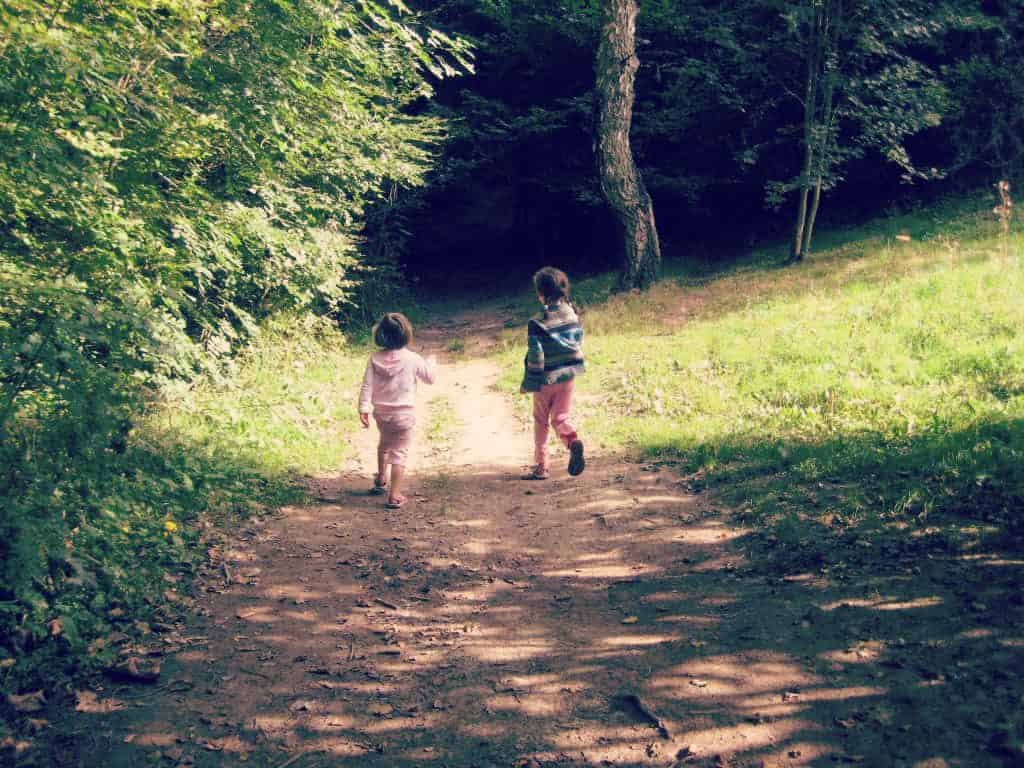
Nature Walk Kit
You really don’t need any expensive kit to get out and enjoy nature, but here are a few things that can make your walks more enjoyable and educational.
:: the right clothes. There’s a saying, in Norway I think, that goes; There’s no such thing as bad weather, only unsuitable clothing. I have definitely found that the right clothes make such a difference to our walks. If we’re (I’m!) warm in winter, we stay out longer more happily. Kids in walking boots or wellingtons mean my husband is less stressed about mud in the car! Our clothing kit looks like:
- warm coats in winter, light waterproofs the rest of the year
- sturdy walking boots topped up regularly with waterproof spray, and beach walking sandals in warmer months
- sunhats and sunglasses, or wooly hats and gloves
- a flask of hot chocolate is wonderful on winter walks, and bottles of water in the warmer months
:: a kit basket, kept in the boot of the car, with notebooks/nature journals; pens and watercolour paint tins; binoculars; ID books for birds, bugs and plants; a magnifying glass
:: a picnic blanket with a waterproof back is great if you plan to sit for a while: in a push a bin bag/refuse sack in each person’s pocket can be a handy ‘seat’
Take a look at these Rules for Nature Walks to keep everyone happy and safe.
17 themed nature walk ideas
Often we just head out, walk, and enjoy what we see, but sometimes we have a special theme to our nature walks, to focus in on a particular aspect of what we might find. In the week-by-week plans of our spring curriculum, I’ve suggested some themes which match each of our weekly topics, and you might also like to try these ideas over the course of the year:
:: Signs of the Seasons: looking for the first signs of a new season
:: Plant Hunt: looking for a particular plant that is in season such as snowdrops, daffodils, bluebells
:: Bird Watching: focussing in on the birds that you see, trying to identify them, watching their behaviour
:: Bug Hunt: take your magnifying glass with you and see what you can spot, on trees, plants, and on the ground
:: Colour Walk: see if you can find a leaf in each colour of the rainbow
:: Footprints Walk: look for tracks – great in the sand at the beach, or in the snow
:: Sense of Smell Walk
:: Sense of Hearing Walk
:: Sense of Touch Walk
:: Sense of Taste Walk: a wild foraging walk, or visit an orchard or fruit farm
:: Cloud Watching: take a picnic blanket to an open spot in a meadow or at the beach, lie back, and see what you can see in the clouds. Use a weather book to identify the types of clouds you see
:: Bat Walk: head out at dusk in the later summer and see if you can find any bats
:: Star Walk: take a nighttime walk and look up at the sky, see which constellations are visible
:: Moon Walk: head out and take a walk by moonlight. You can time this with a full moon, or take several walks through the month to observe the phases of the moon
:: Rainy Day Walk: go puddle jumping!
:: Dawn Walk: get up early and head out to see the sunrise. This is best for winter months as you won’t have to get up quite so early!
:: Sunset Walk: watch the sun go down. This one is wonderful on the Summer Solstice. We headed up onto cliffs, with the girls in PJs, to read bedtime stories as the sun set over the sea. We even saw a pod of dolphins in the bay, so truly a special midsummer!
More resources for your nature walks
Use our interactive nature journal for children to build your own science book, recording what you see on your walks.
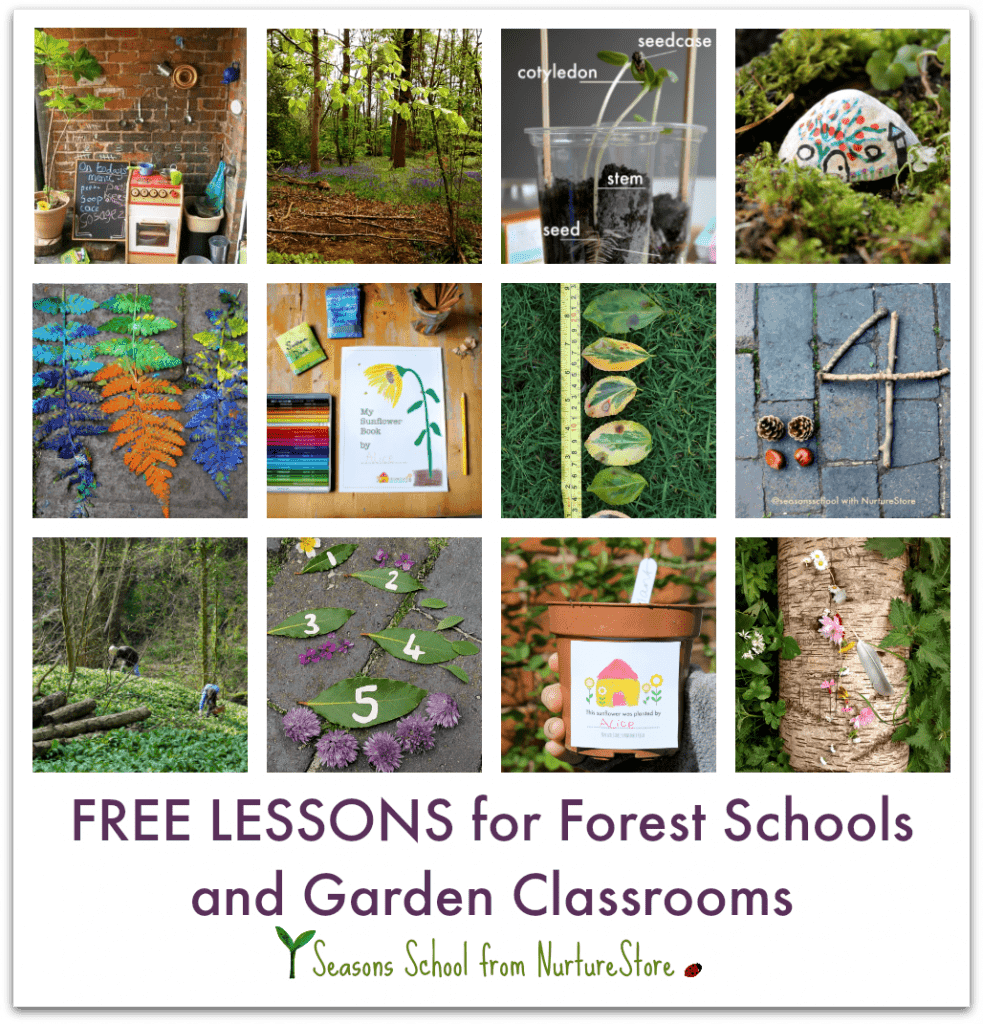
Free Forest School and Garden Classroom resources!
Join my weekly email service and I'll send you FREE printables, lesson plans, and activity ideas that you can use with your children in your forest school and garden classroom.
Seasons School is NurtureStore's year-round program of living and learning with nature. Our activities and resources focus on hands-on, nature-based learning that connects children with the natural environment.
If you're looking for nature study lessons, arts and craft projects, campfire recipes, foraging ideas, outdoor math and literacy activities, outdoor games, and ways to explore forests, gardens, and outdoor spaces - think of NurtureStore as your forest fairy godmother!
Whether you're in a forest school or outdoor classroom, running a school gardening club, bringing nature lessons into your class, home educating with nature, or wanting to connect with the great outdoors at the weekend, you will love the Seasons School ideas.
Pop your email address into the box below and I'll send you your free resources.
By subscribing, you consent to our use of your personal data as per our Privacy Policy, which includes agreeing to receiving interest-based email from us.



